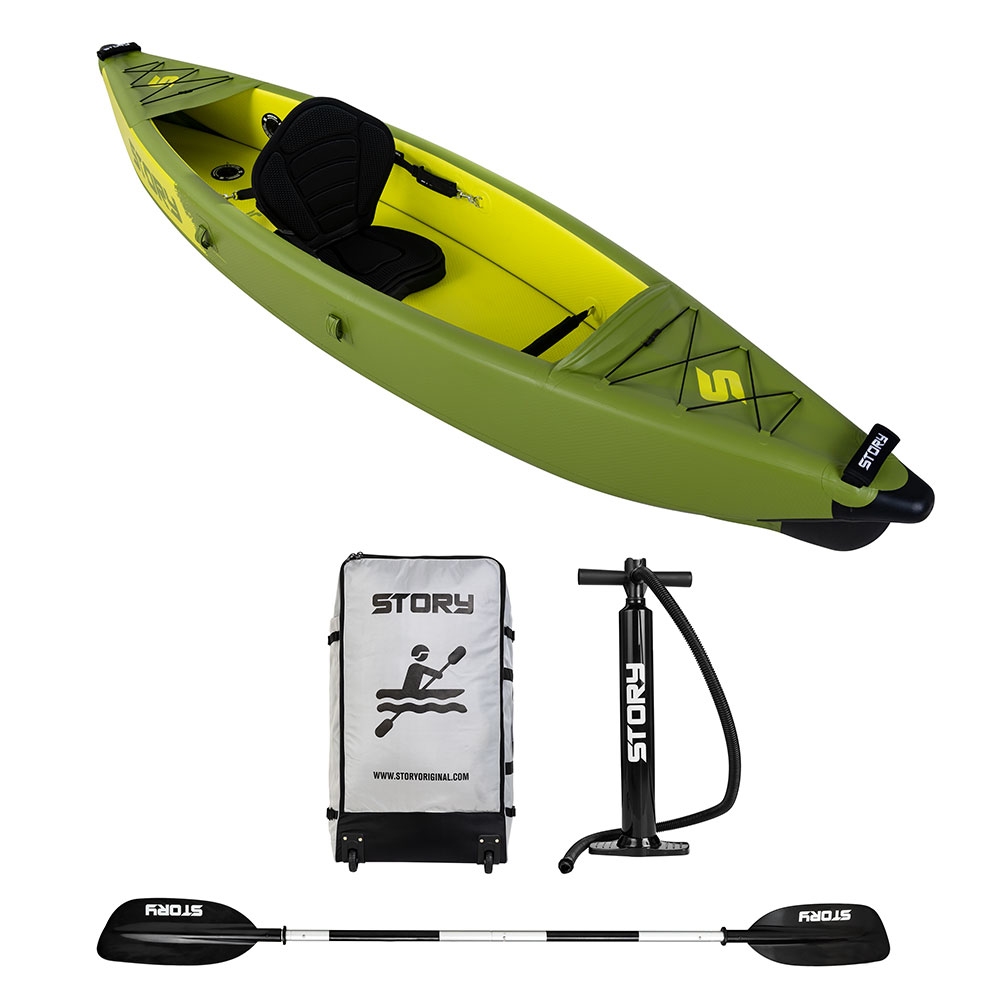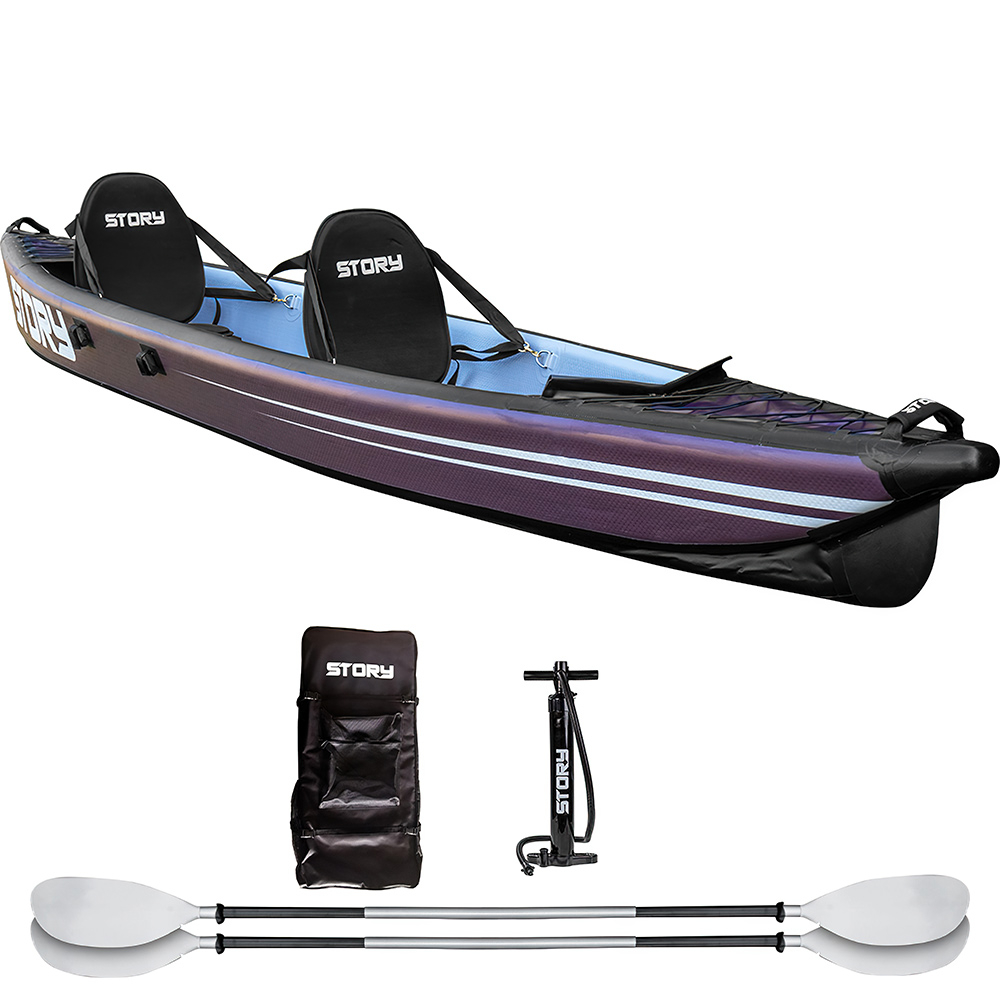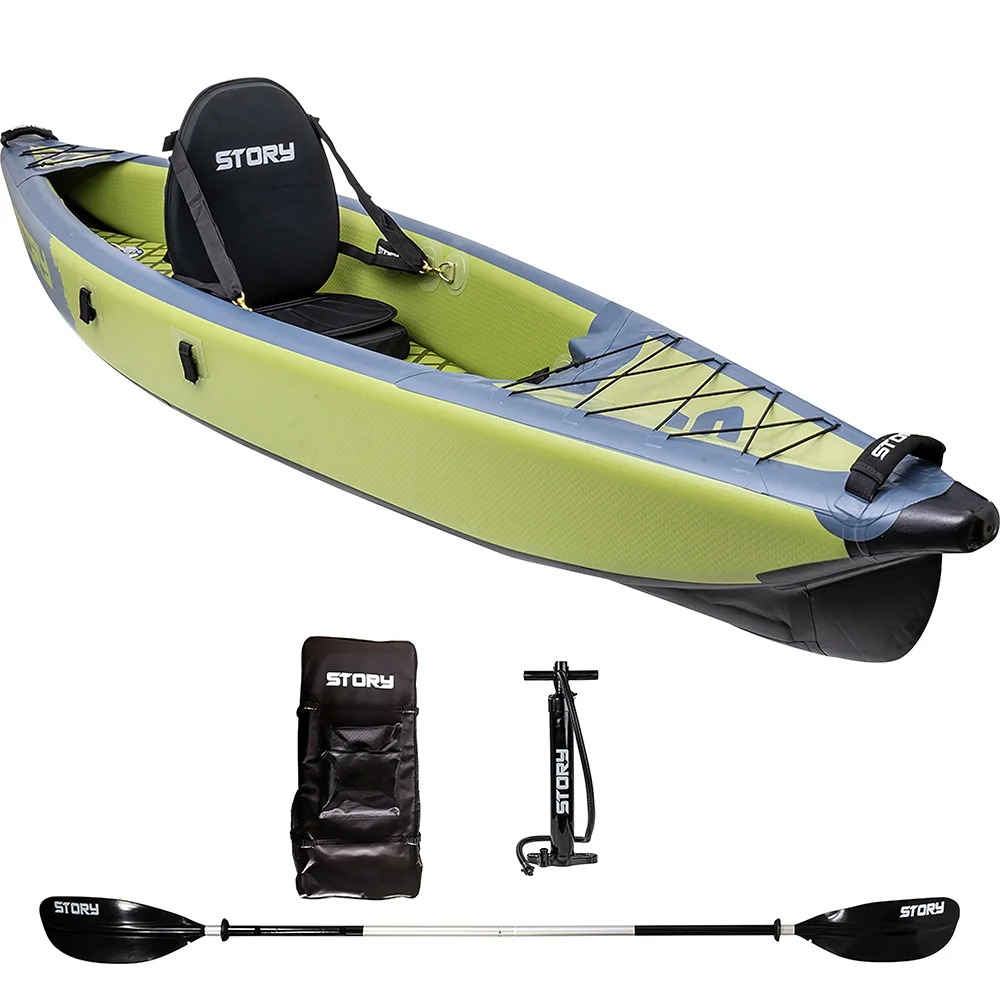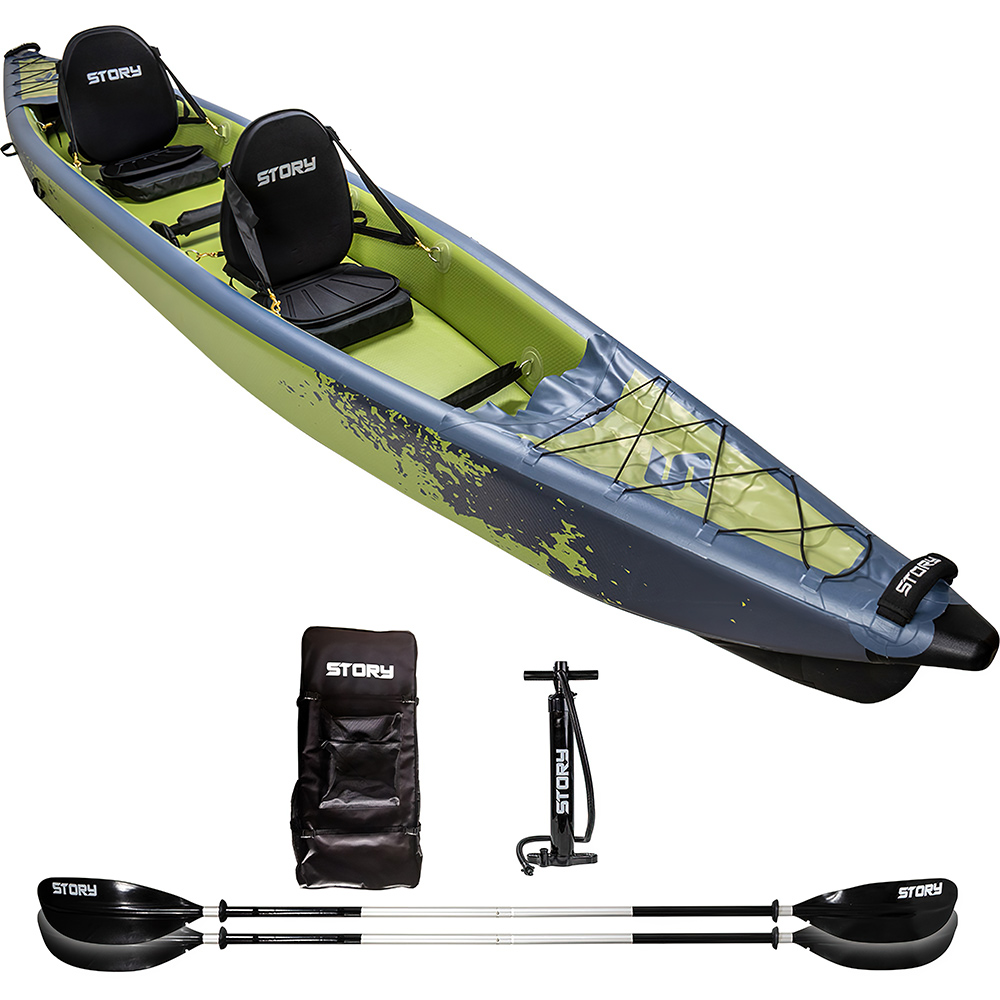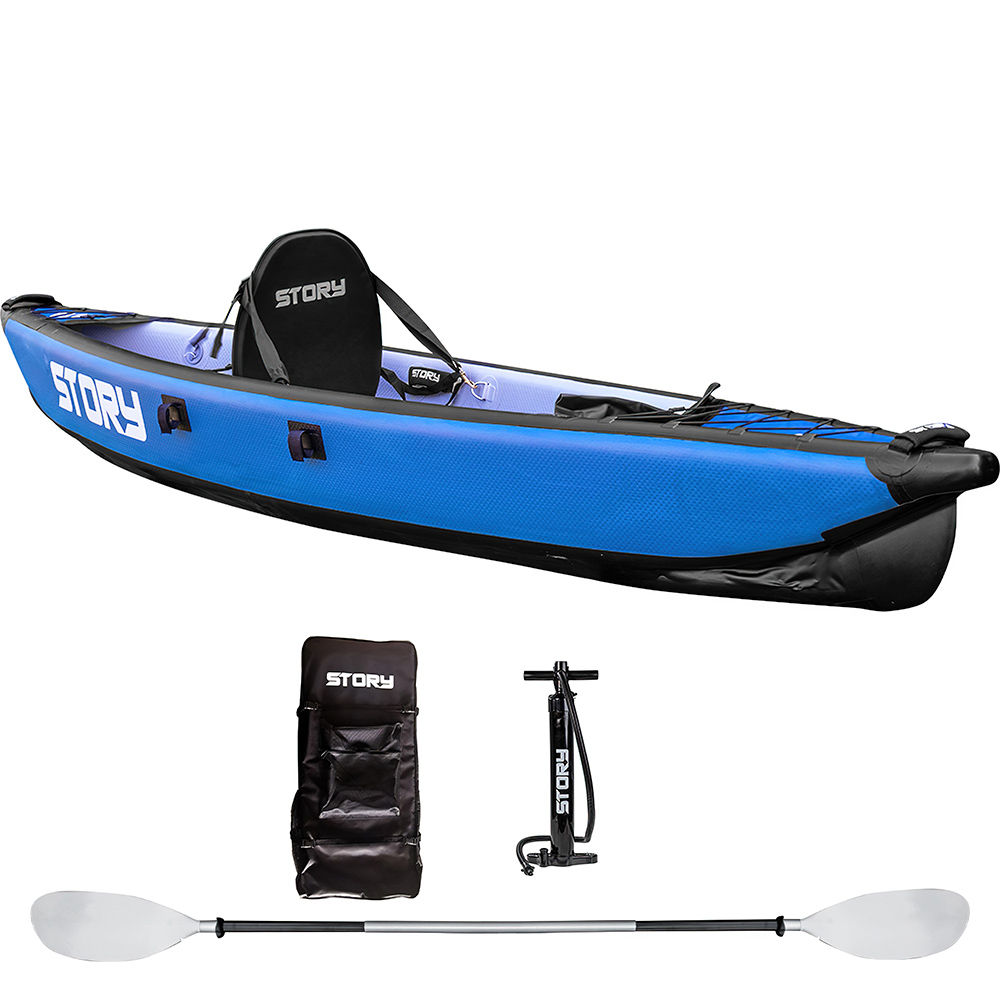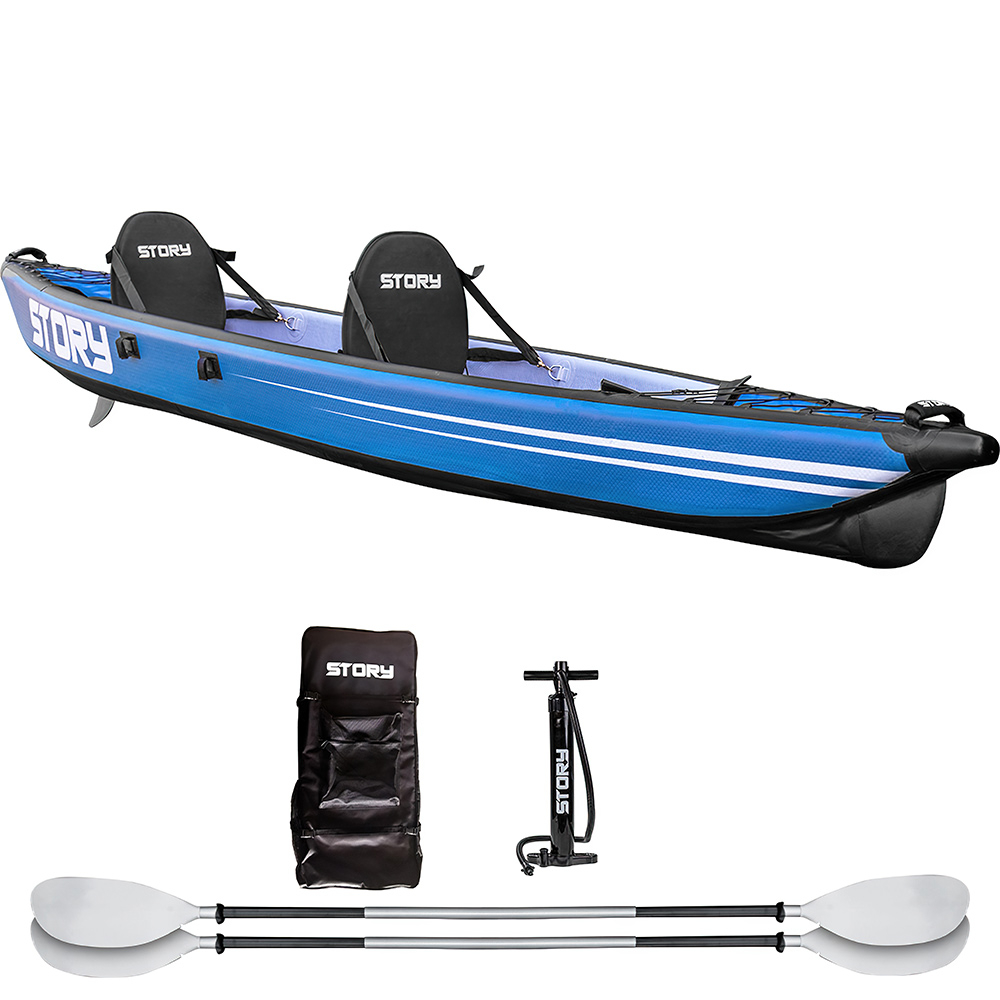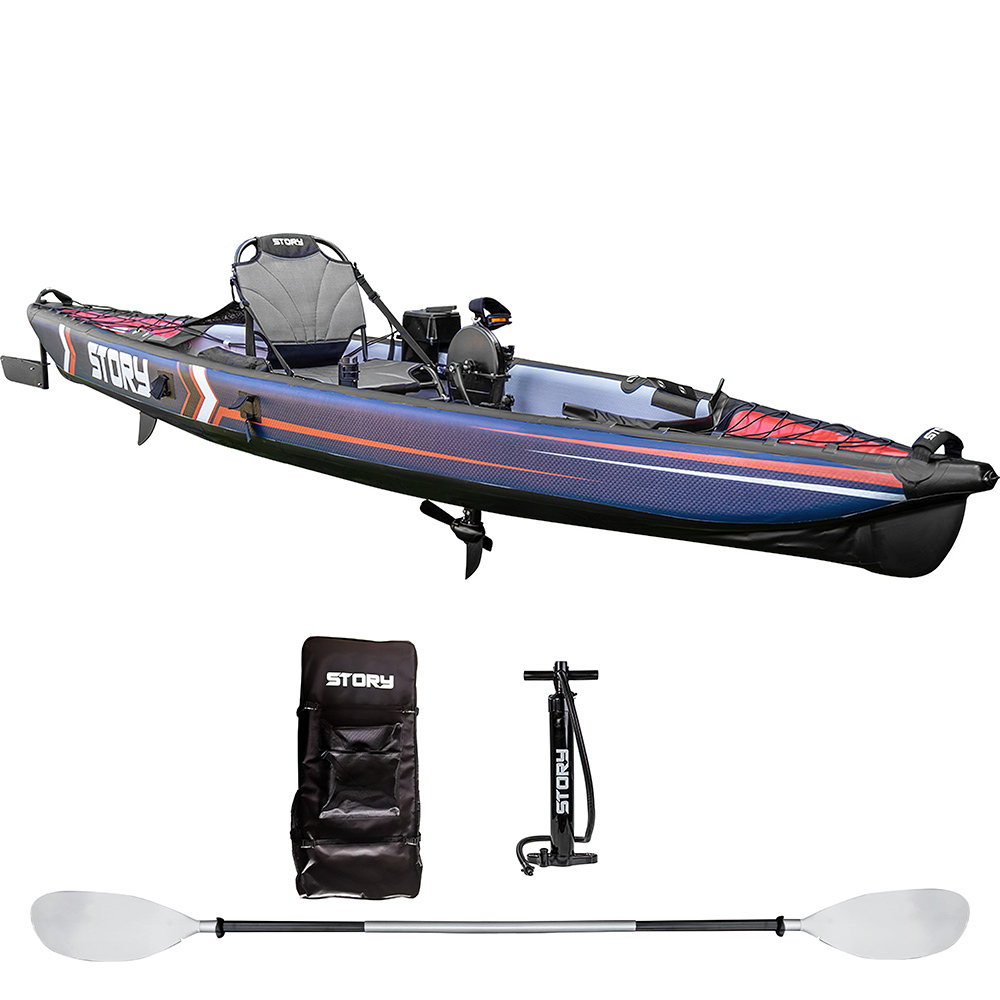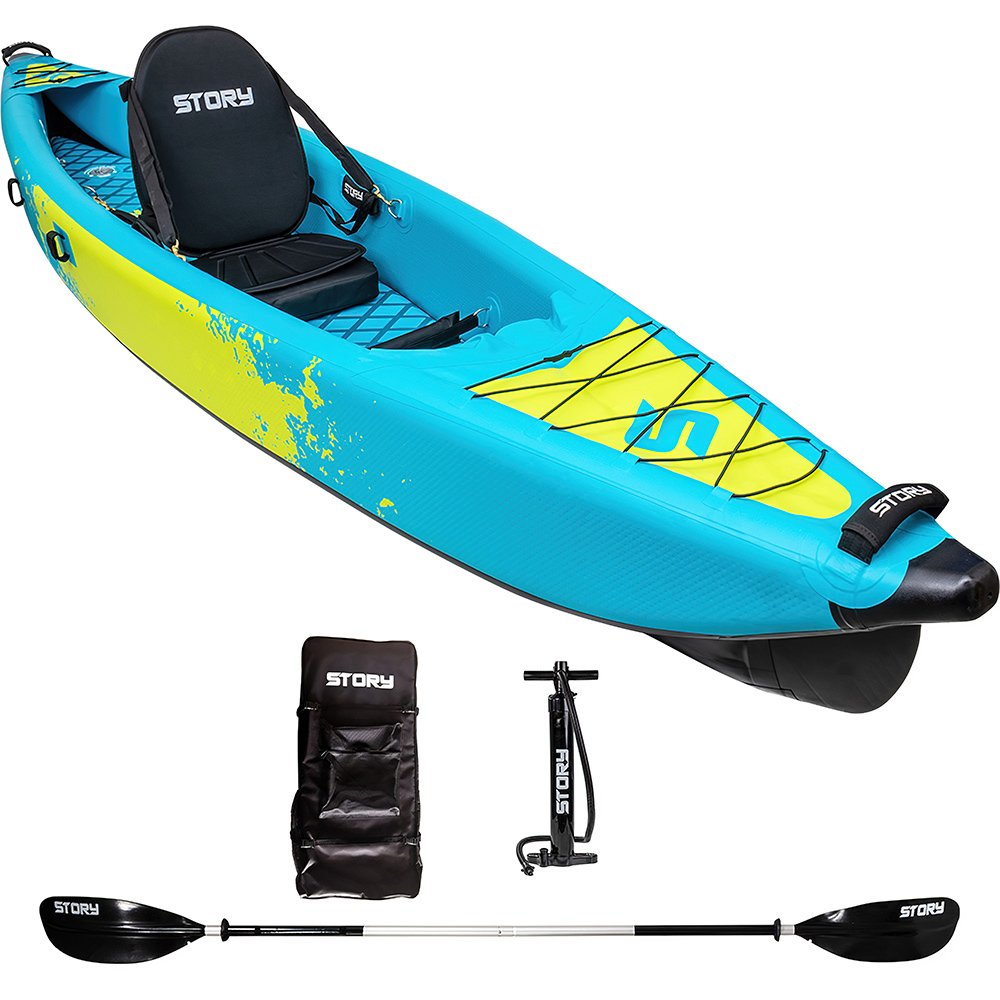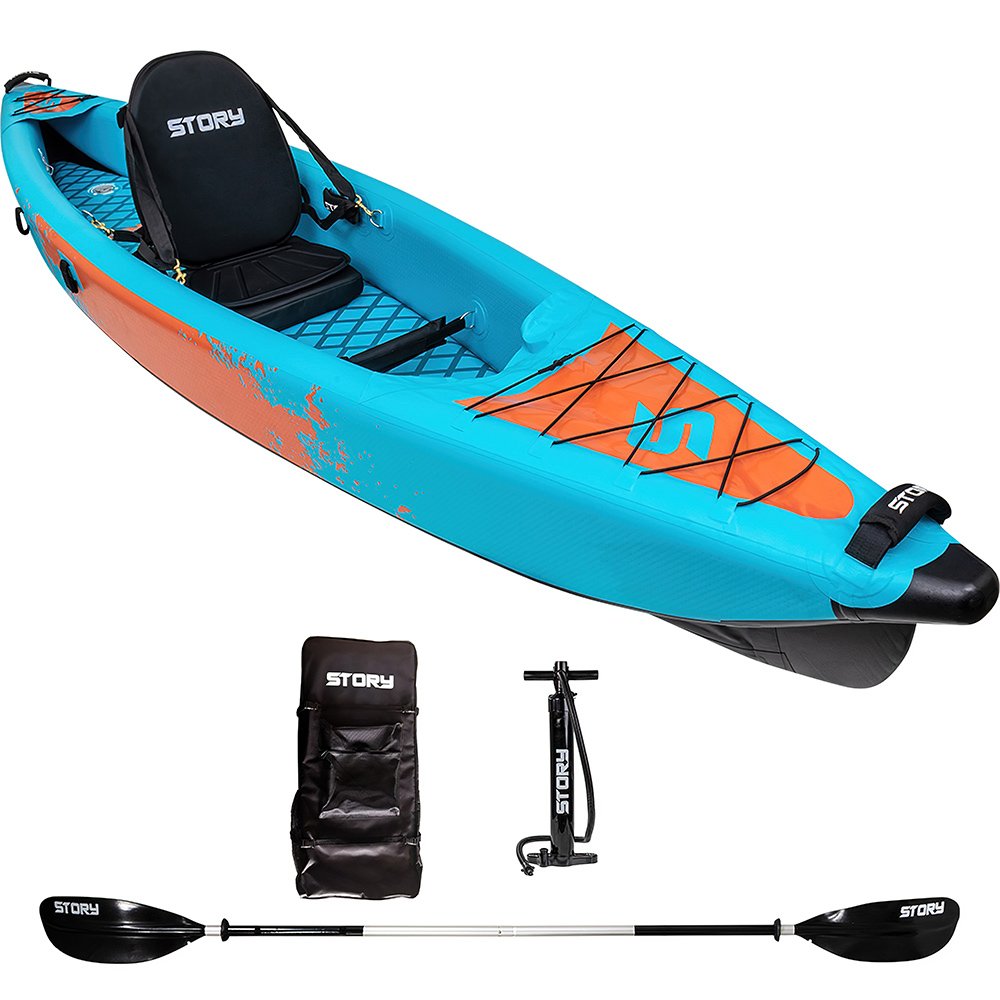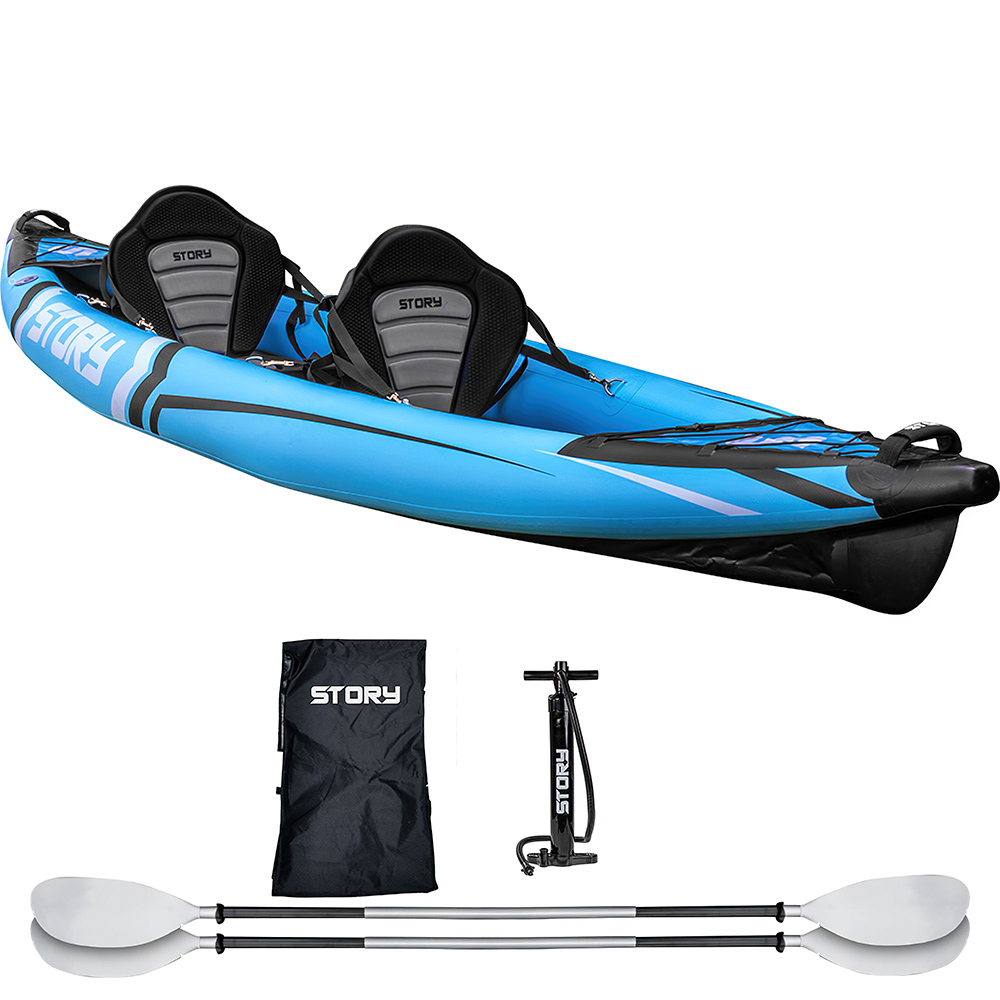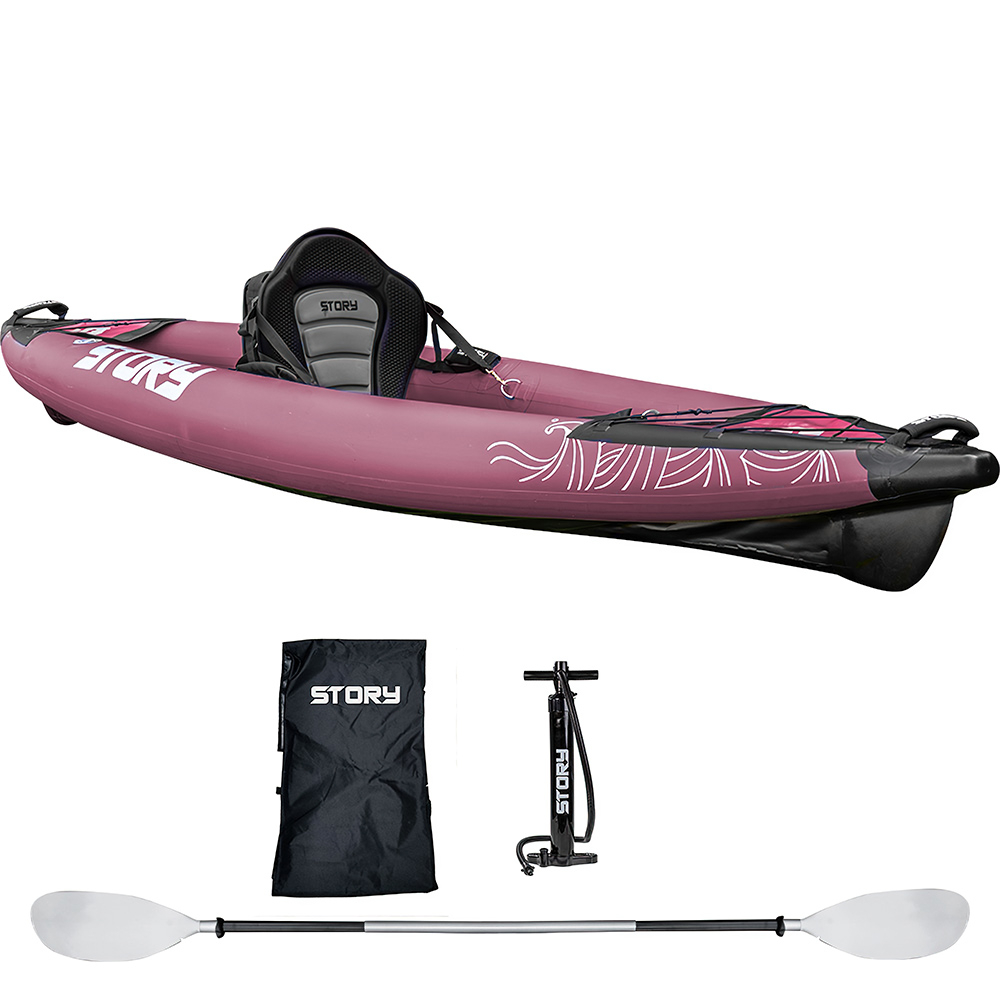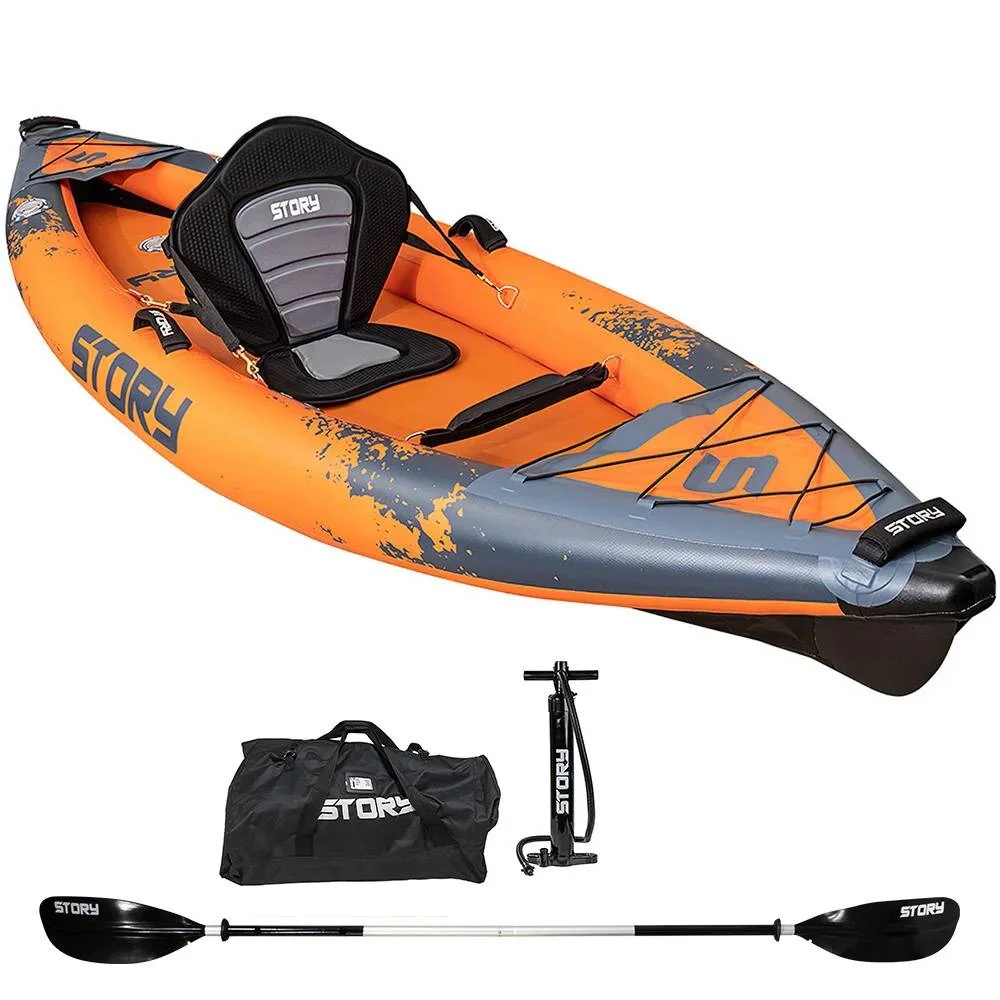Inflatable Kayak
Filters
Filters By
- 51%
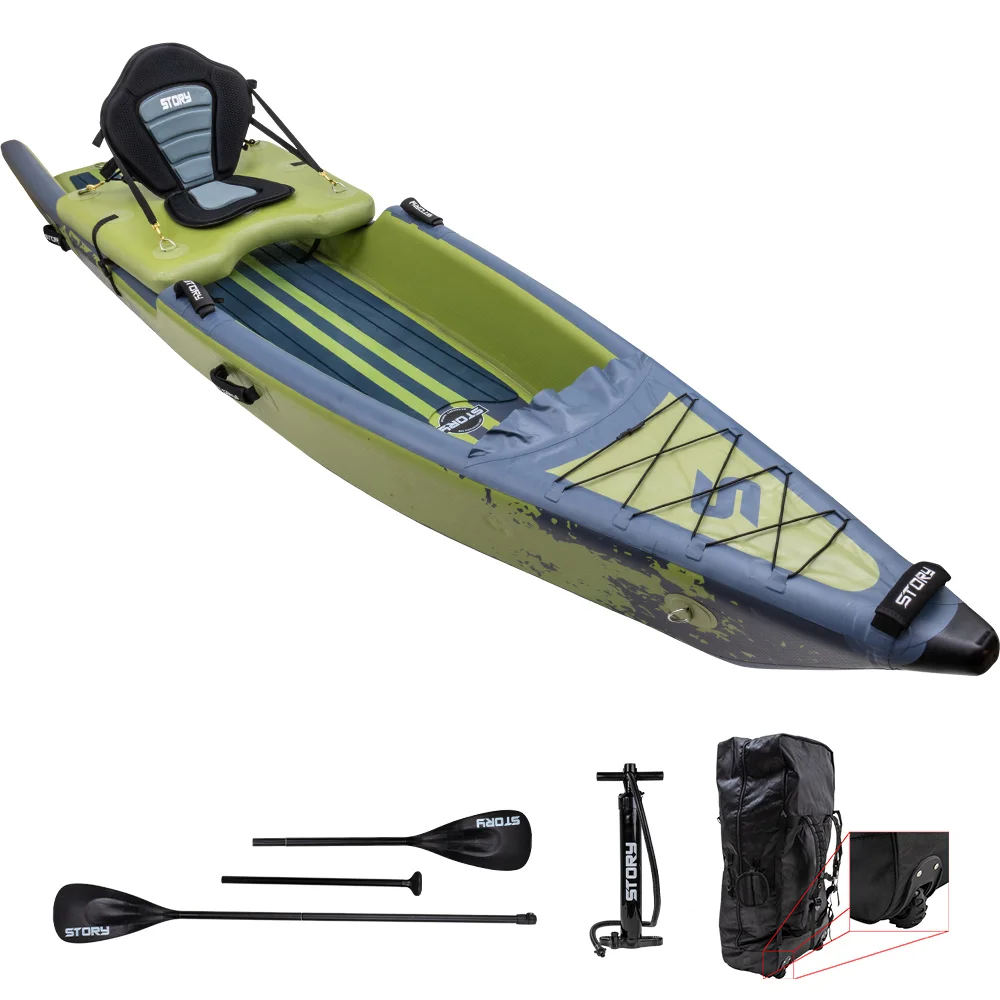 Story Hunter Hybrid Siton top Hunting, Fishing Kayak, Canoe and SUP - inflatableSpecial Price £679.95 Regular Price £1,369.9512'6
Story Hunter Hybrid Siton top Hunting, Fishing Kayak, Canoe and SUP - inflatableSpecial Price £679.95 Regular Price £1,369.9512'6 - 59%
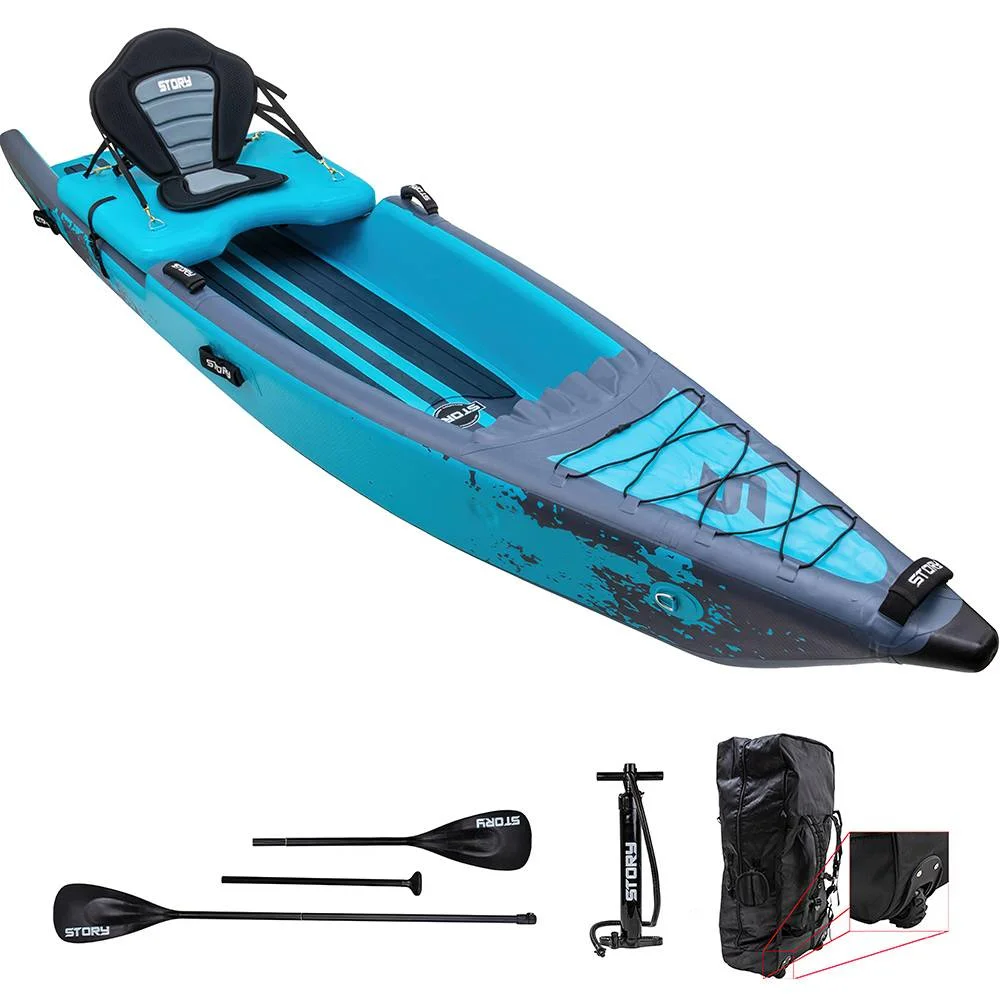 Story Hunter Hybrid Siton top Hunting, Fishing Kayak, Canoe and SUP - inflatableSpecial Price £564.95 Regular Price £1,369.9512'6
Story Hunter Hybrid Siton top Hunting, Fishing Kayak, Canoe and SUP - inflatableSpecial Price £564.95 Regular Price £1,369.9512'6 - Out of stock
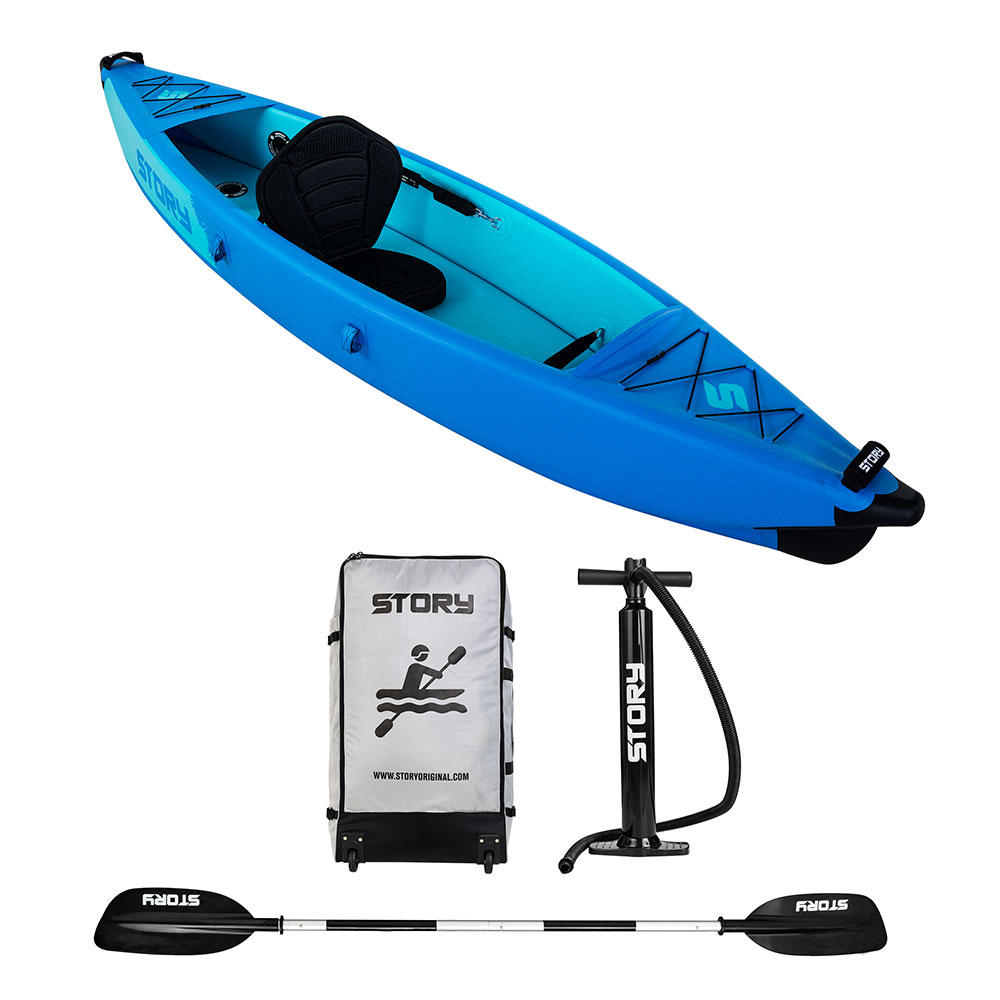
- Out of stock

- Out of stock
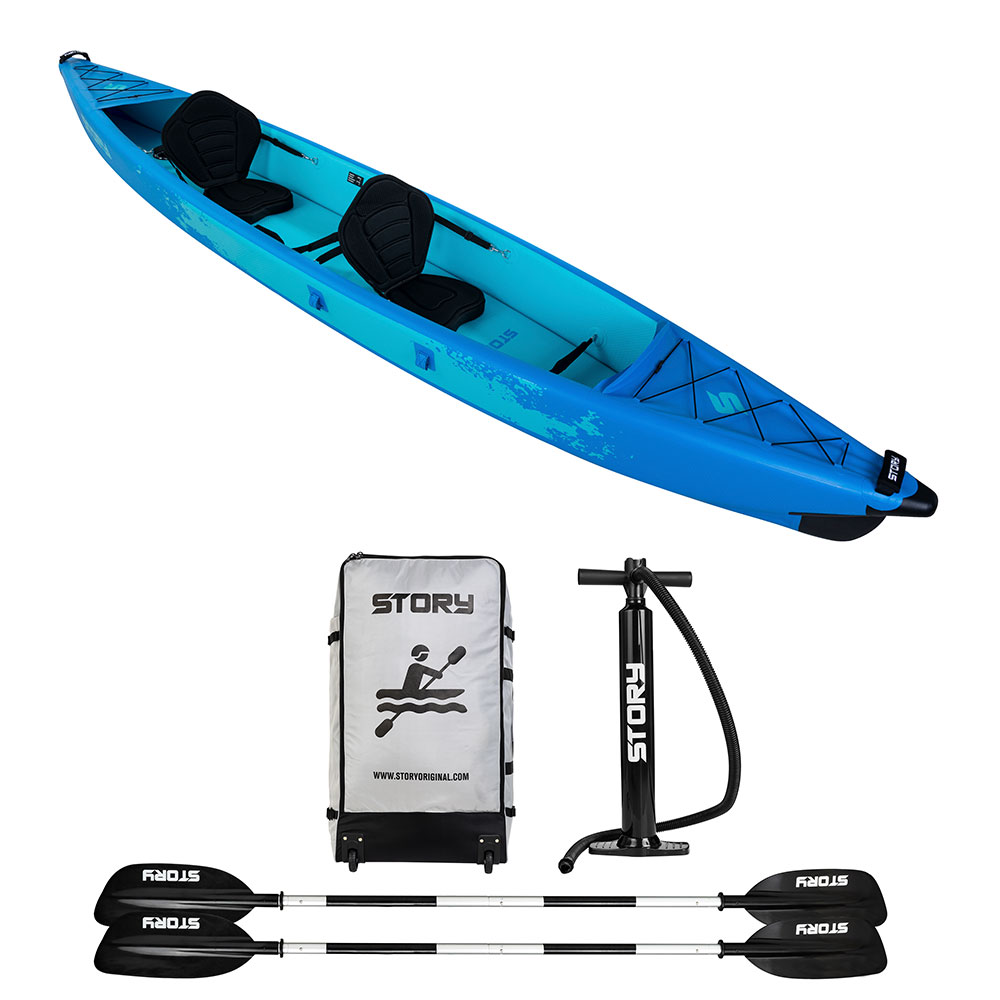
- Out of stock

- Out of stock

- Out of stock
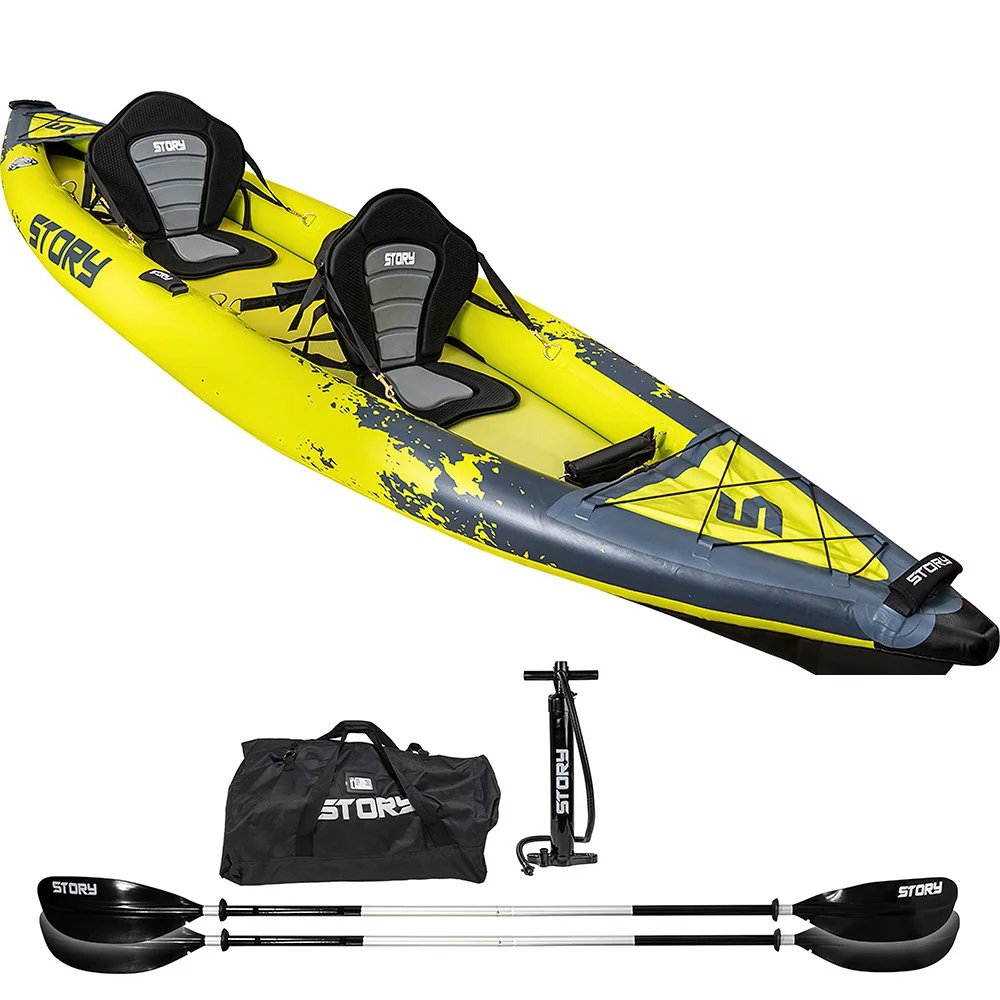
- Out of stock
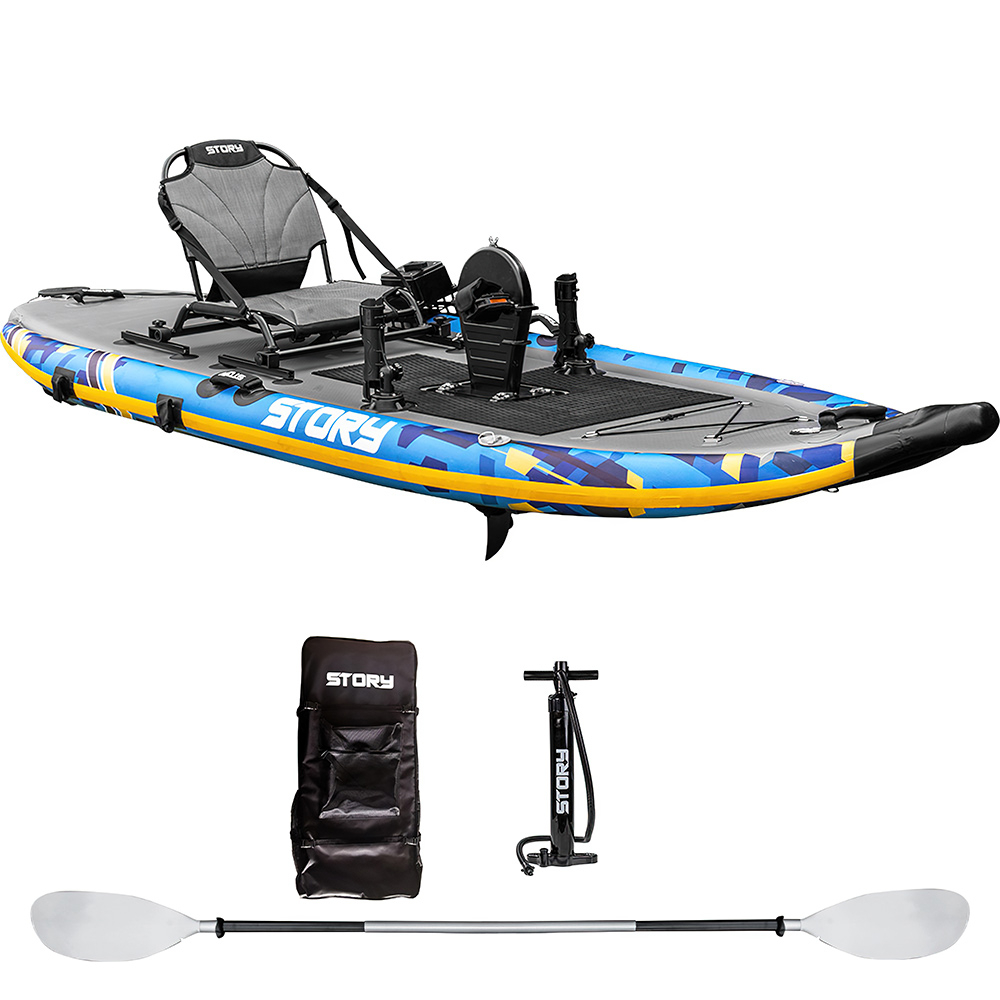
- Out of stock
 Story Hunter Hybrid Siton top Hunting, Fishing Kayak, Canoe and SUP - inflatableRegular Price £1,369.95Out of stock
Story Hunter Hybrid Siton top Hunting, Fishing Kayak, Canoe and SUP - inflatableRegular Price £1,369.95Out of stock
Inflatable Kayak
Inflatable kayaks are perfect for both experienced kayakers and those new to water sports. An inflatable kayak can be the key to unlocking a world of new experiences. With their unique combination of portability, stability, and versatility, inflatable kayaks give you the freedom to explore both familiar and unknown waterways without the hassle of a traditional hard kayak. Designed for those who want a practical solution without compromising performance, inflatable kayaks are perfect for both short trips and longer adventures.Inflatable kayaks offer a practical and portable solution for those seeking flexibility in their water activities. They differ significantly from traditional hard kayaks in both material, transport options, and maintenance, making them a popular choice for those who want a more flexible and easy-to-handle kayaking experience.
Inflatable kayaks are generally lighter than traditional hard kayaks. This is due to the flexible and inflatable construction, which allows the kayak to be compressed and packed away when not in use. The lower weight makes it easier to transport the kayak to and from the water, which is a great advantage for those who don't have access to a car or the ability to transport a heavy kayak. When an inflatable kayak is packed away, it can often be carried in a backpack or stored in a small bag, making it ideal for those who want flexibility and easy storage. This lightweight design also means that the user can handle and carry the kayak alone without too much effort.
Inflatable kayaks offer a high degree of stability, especially when navigating flat water like lakes or calm rivers. The inflatable construction creates a wider contact surface with the water, contributing to a stable experience, even for beginners. Many models are designed with extra width or additional inflated chambers to enhance stability. However, they may tend to be less directionally stable than long hard kayaks. This is because they generally have a rounder shape and may not always have the same tight, streamlined characteristics as a hard kayak. In rough water, such as small waves or currents, inflatable kayaks may be a bit less precise, but most modern models are designed with improved features to minimize this.
When choosing an inflatable kayak, it’s important to consider the kayak's length, width, and capacity, as these factors affect both stability and maneuverability:
- Length: A longer kayak is generally more directionally stable and has greater load capacity. This makes it ideal for longer trips and open water. However, a very long kayak may be less maneuverable, which can make it harder to perform turns and maneuvers.
- Width: The width of the kayak plays a central role in its stability. Wide kayaks offer a higher degree of stability, making them suitable for navigating small waves and rough water. However, a wide kayak may be slower, as it creates more water resistance, which can affect speed.
- Capacity: Inflatable kayaks come in various sizes, accommodating anything from one to several people. Choosing capacity depends on your specific needs and the type of activity you plan.
Our kayaks are easy to transport and store, making them an ideal choice for those who lack space or seek a flexible solution for their water activities. Despite their inflatable construction, they offer a stable and secure experience on the water.
After each trip, you should thoroughly rinse the kayak with fresh water to remove any residue of salt, sand, and debris. This is important to prevent wear and corrosion, which can occur if harmful substances are left on the kayak for an extended period. Store the kayak in a dry place, away from direct sunlight, to protect the materials from damage. For inflatable kayaks, it’s particularly important to ensure they are completely dry before storage. Moisture can lead to mold and odors, which can affect the kayak's durability and function.
Minor damages and punctures should be repaired quickly to prevent them from developing into larger issues. It’s a good idea to have such a kit on hand so you can quickly repair any damages and maintain the kayak's good condition.
Safety should always be prioritized to ensure a secure kayaking experience. A certified Lifevest is essential, no matter what type of kayak you use. Lifevests are designed to keep you afloat and visible in case of an accident or if you fall into the water. Make sure the life jacket fits correctly and is in good condition so it functions optimally when needed.
A whistle is useful for calling for help, especially if you find yourself in an emergency or need to signal others on the water. A well-equipped first aid kit should always be available to quickly handle minor injuries. An emergency phone that works in the area you are kayaking in can be a lifesaver in case of emergencies where you need to contact rescue authorities.
Before heading out on the water, it is important to assess the weather and water conditions. Bad weather, such as heavy rain, lightning, or strong wind, can make kayaking dangerous. Check the weather forecast and any warnings for the area you plan to paddle in. Avoid kayaking in areas with strong currents or dangerous water conditions, as this can increase the risk of accidents and make it difficult to control the kayak.



